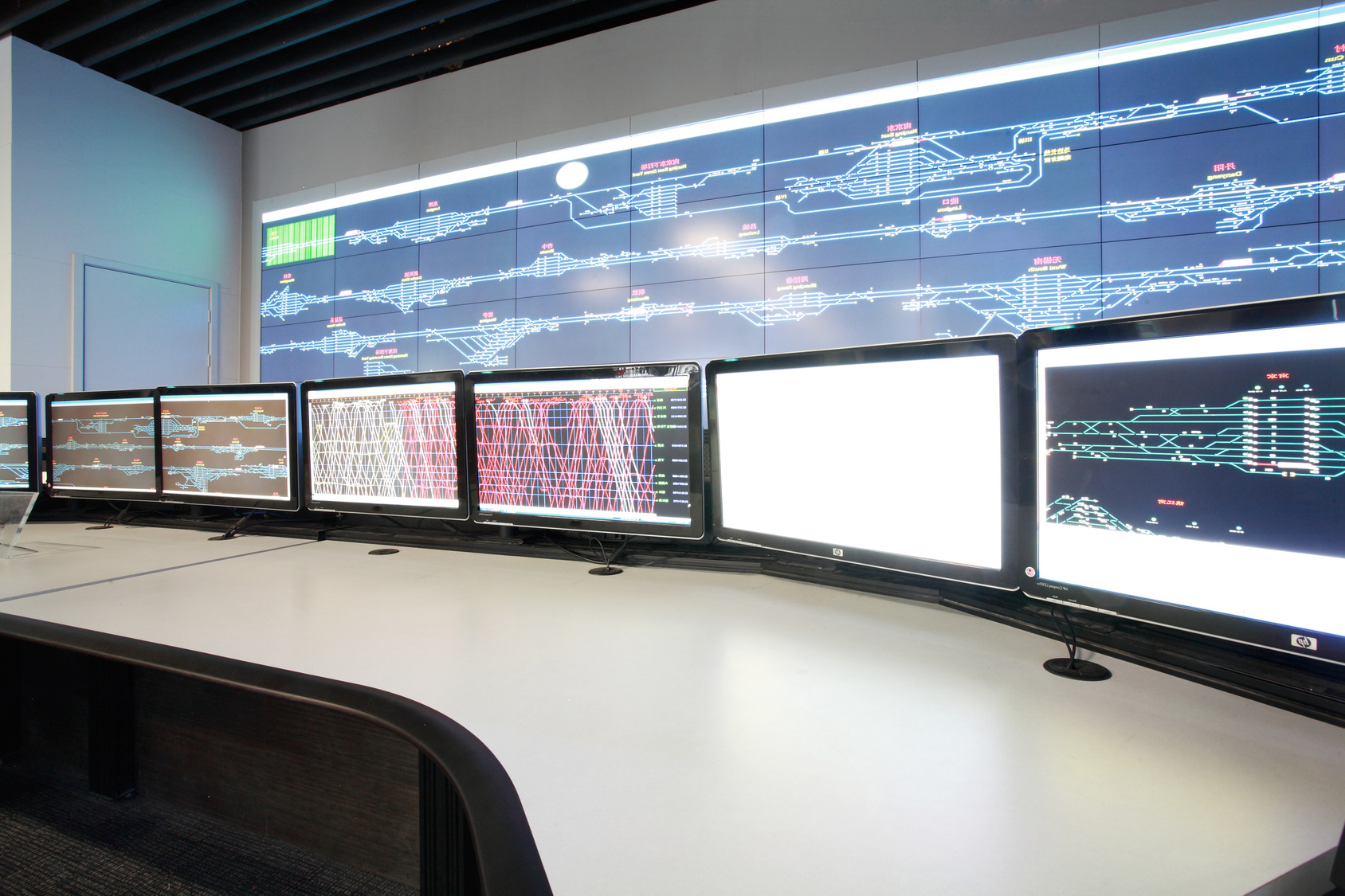Minimizing Disruption During a Control Room Consolidation

In the ever-evolving landscape of industrial operations, control room consolidations have become a strategic move for many organizations seeking increased efficiency and streamlined processes. While the benefits of consolidation are clear, the process itself can be challenging, often requiring disruptions to day-to-day operations. Let’s explore effective strategies to minimize disruption during a control room consolidation to ensure a smooth transition for your operations.
Understanding the Need for Consolidation
Before diving into the strategies for minimizing disruption, it’s essential to understand the reasons behind control room consolidations. Organizations typically opt for consolidation to enhance communication, reduce costs, and improve overall efficiency. Recognizing the underlying objectives will help in crafting a tailored approach to the consolidation process.
A well thought out plan is the foundation for any successful control room consolidation. Begin by conducting a thorough assessment of your current control room setup, identifying redundancies, and evaluating the technological infrastructure. Engage key stakeholders and create a detailed timeline to guide the consolidation process. A comprehensive plan not only minimizes disruptions but also ensures a seamless transition for the entire organization.
Integration
One of the critical aspects of control room consolidation is the integration of technologies. Choose a phased approach to implement new technologies gradually, allowing operators to adapt to changes without overwhelming them. Invest in training programs to familiarize staff with the upgraded systems, reducing the learning curve and potential disruptions.
Maintaining transparent communication with employees is paramount during a control room consolidation. Clearly articulate the reasons behind the consolidation, outline the benefits, and address any concerns. Involving employees in the decision-making process where applicable, will make them feel valued and ease the transition. Regular updates and open lines of communication help build trust and minimize uncertainty.
Testing and Simulation
Before fully implementing the consolidated control room, conduct thorough testing and simulation exercises. Identify potential issues, evaluate system performance, and address any glitches or concerns proactively. This step ensures that the consolidated control room is ready for real-time operations without unexpected disruptions that may affect production.
Despite meticulous planning, unexpected challenges may arise during a control room consolidation. Develop robust contingency plans to address unforeseen issues promptly. Having backup systems, emergency protocols, and a dedicated response team in place will minimize the impact of disruptions and ensure business continuity.
